
Surfcasters: What To Do In February
This might not come as much of a surprise, but February is probably the month I like the least out of all the months on the calendar of the surfcaster. Even during years like this one, mild temperatures, no major storms… you always feel like there’s just no way that we’re going to get through February without the punch in the mouth. I put the Weather Channel on every morning and I’m always expecting Jen Carfagno to lay the bad news on me.
But, February also represents a turning point in the winter, at least that’s the way I look at it. By the end of the month, I’m looking at some fishing opportunities that are only a week or two away and that’s why I start to mobilize now. I am not the most organized guy on the planet, I’m slightly tornadic, I have a tendency to leave a path of destruction in my wake, it’s just who I am. But, when you think about it, fishing comes on quick, largemouth bass and trout will be waking up in March, schoolies will be here by Tax Day, keeper stripers are just 60 to 70 days away and it blossoms quickly from there.
Getting Started to Get Ready
So as I walk around the garage, look at the basement and the knot of general fishing ‘stuff’ that resides in the wayback of my car, I feel a surge of determination, I start to realize that I need to get all these things in order, take an inventory of important things and fill in where necessary. I will openly admit that I have way too much stuff, but in the same breath, I feel like I can never have too many of the things that I consider to be staples. It’s this organization process and the filling of gaps in my arsenal of plugs that starts the season for me –right now – groundhog be damned, it’s time to start getting ready.
Start With Staple Plugs


There's an expression among surfcasters that ‘he who dies with the most plugs wins’, but I would say that ‘he who dies with the most mojo plugs is the real winner’. Mojo can only be added with the random modifications made by the gritty teeth of the striped bass, hook-swing gouges, rust and maybe even a little of your own blood. It takes a long time to properly age a mojo plug. The hard part is that they can be taken in an instant, by a boulder, a wind knot, a giant fish or a lazily-tied clinch knot. One of the first things I do after going through my three surf bags, my totes, and my overflow container is taking inventory of the most important plugs in the bag. So often I go to darters first and the one that I lean the heaviest on is the Super Strike Zig-Zagdarter.
Keeping Colors Simple
I am a simple man when it comes to colors; I look at them as light, dark, bright and two-tone and I like to have a minimum of two of each of these at least ‘in the vehicle’ so that I can make the final judgment call in the field. To me, black, blurple, midnight massacre and gasoline are all the same. I would use them interchangeably when I felt that a dark plug was the best bet. The same can be said for white, bone, white/blue head, white/red head and even herring—in my mind these all serve the same purpose as a light color. For bright colors, I lean heavily on Parrot, but I will also use solid chartreuse, neon yellow/white, or Block Island green to fit into the bright spot. Two-tone, same deal, smokey, blue/white, green/white, black/gold… you get the idea. The only color that stands alone is yellow or yellow/white and that’s only because of tradition, I actually tend to reach for yellow last, unless it’s a bright full moon. I apply these color groupings to all of my plugs, needles, swimmers, topwaters, even soft plastics. I like to keep things simple and logical—there will never be a night when a bass will hit black and not blurple—that’s a fact.
So in keeping with my color codes, I will fill in the blanks in my Super Strike darters, poppers and needles. I’ll fill in where necessary with water-loaded Red Fins, North Bar Bottle Darters, Magic Swimmers, Stick Shadds and Pencil Poppers. Two to three in each color ‘family’ and then I move on to hardware. (The only staple plug that I only buy in one color is the Big Doc in bone color—that’s all you need, but get three.)
Hardware Double-Check

Hardware is neglected way too often by surfcasters, rusty hooks are unacceptable. Ovaled-out split rings are, unacceptable. This should be considered right alongside the condition of your leader and the age of your braid. Every winter I fill a large cereal box with rusty, bent or overworked treble hooks and splits. It feels like throwing money out the window sometimes, but you’d give all away and double it when a giant bass exploits your carelessness and breaks that hook you should have changed three months ago—so don’t cheap on the hardware! If you spent over $1000 on your rod and reel, why are you trying to save 18 cents on a hook? I have drawers full of VMC hooks in sizes suitable for albies all the way up to 5/0 trebles. And I buy split rings by the 100’s, I keep size 4, 5.5 and 6 Rascos in stock at all times. I also keep size 7 Spro Power Splits Rings (rated at 185-pound test) on hand for plugs that attract big fish and offer extra leverage like the big Doc or a big metal lip. This way, even if I do I have a failure at the hands of a giant; I can sleep a little better knowing that I did everything I could to prevent that from happening—sometimes the fish still win.

Join Us! Couple times a winter we host Plug Night where we provide steak tips, split rings and a cooler full of ice. Sign up for our newsletter to get all the event, sale, and new product info as well as regular Tackle and Tactics articles. Sign up here.
Beat it on Down the Line
It’s easy to let it ride on your old braid, that stuff is expensive—but saying, ‘it looks okay to me’ is not good enough if you’re really serious about landing that big fish that might only come along once in your life! Winter is a great time to come in and have your reel filled with fresh braid. We love to fill reels—it’s actually fun—and in the winter there will be no waiting for the three guys ahead of you to decide if the blue, black, yellow or one of three different shades of green Power Pro Slick is the best compliment to the 8-color buttwrap on their new custom rod. My preferred braid for the surf is Daiwa Samurai 55-pound test, but the Power Pro Slick V2has also been very good to me, in fact, it’s my go-to for lighter braids for freshwater and albie fishing. And, no matter what your favorite happens to be, odds are, we have it on the wall.
Are there more important things you could be doing in February? I think that’s debatable. But for the surfcaster, these are very important things that you can get out of the way before the thermometer ever touches 55 degrees. Yes, fix your leaky waders, change your Korker studs, put new batteries in your lights and all that other boring stuff, but if you want to feel closer to the sport you love, get your gear in tip-top shape, leave nothing to chance and you’ll go into the high part of the season with a whole new level of confidence and preparedness… trust me, it feels good.




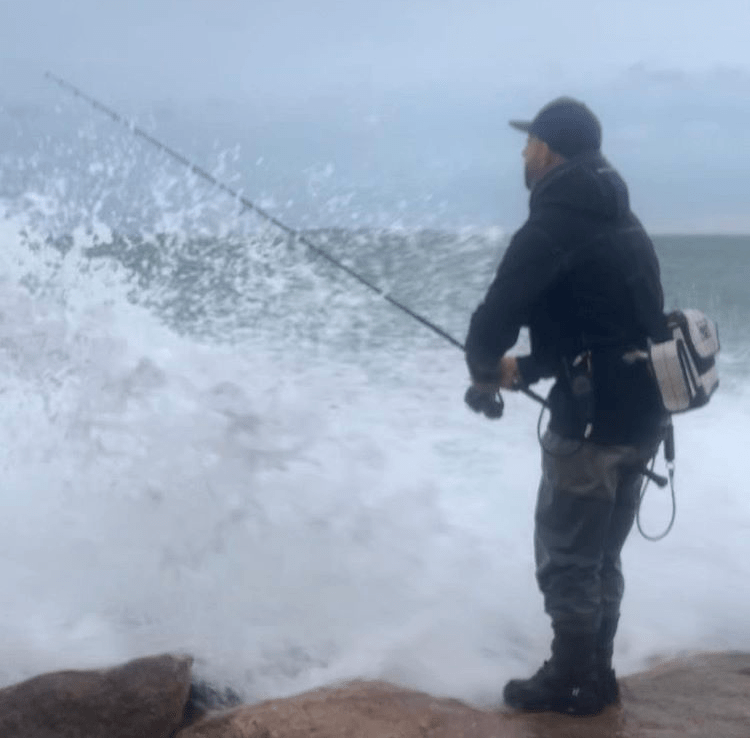

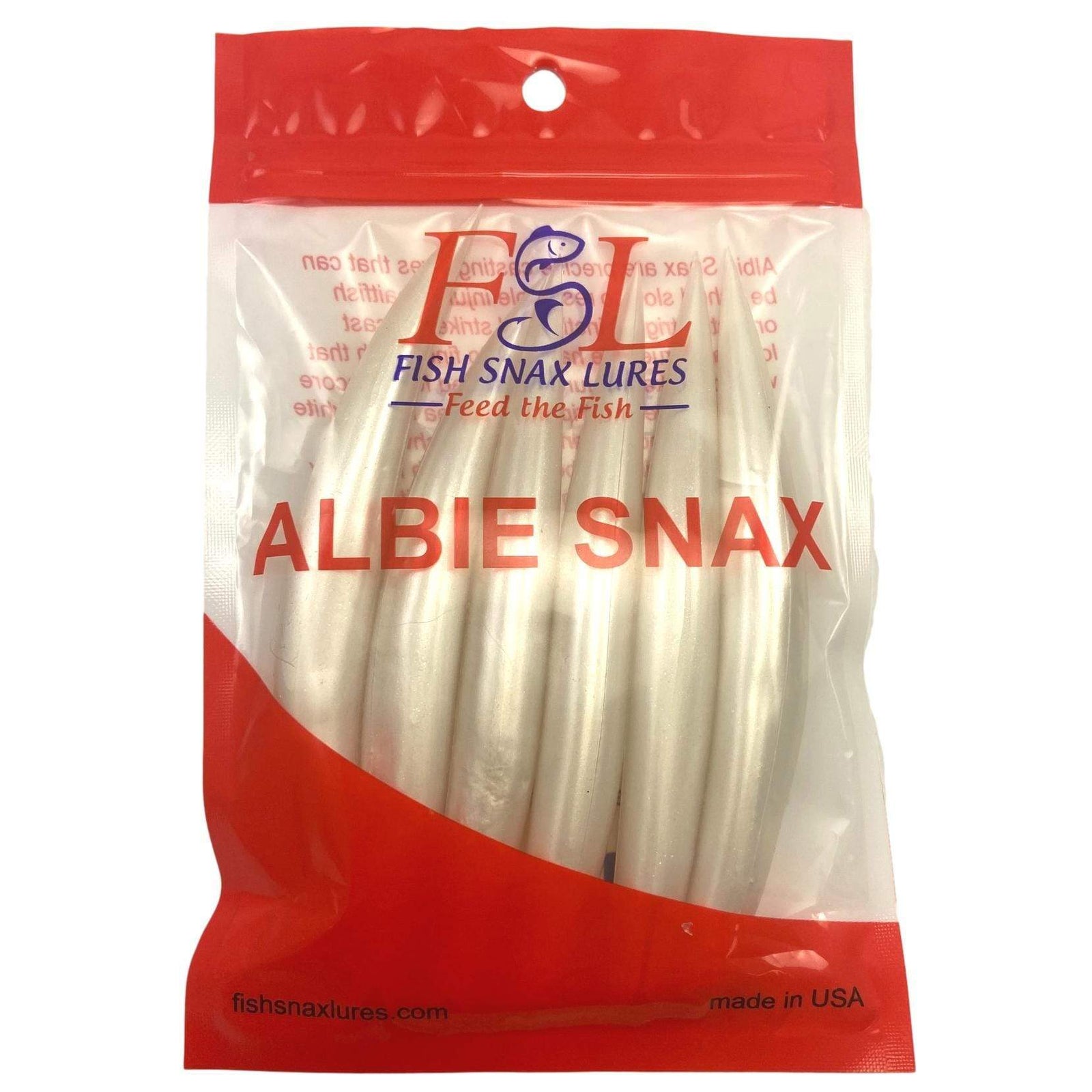

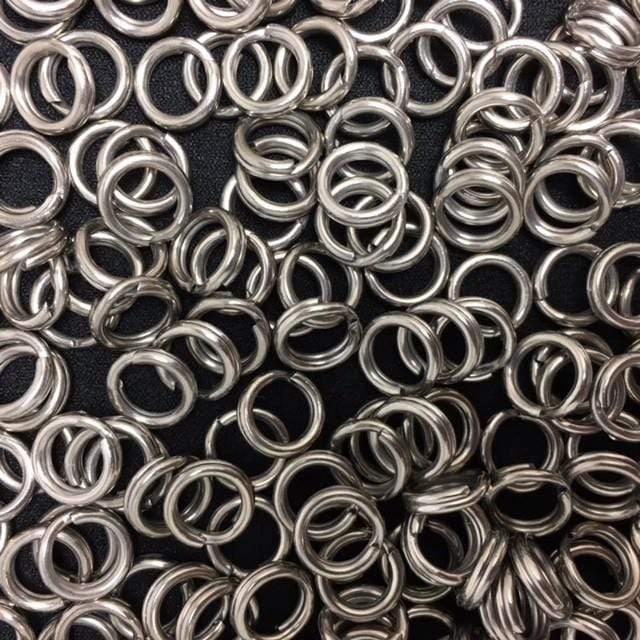
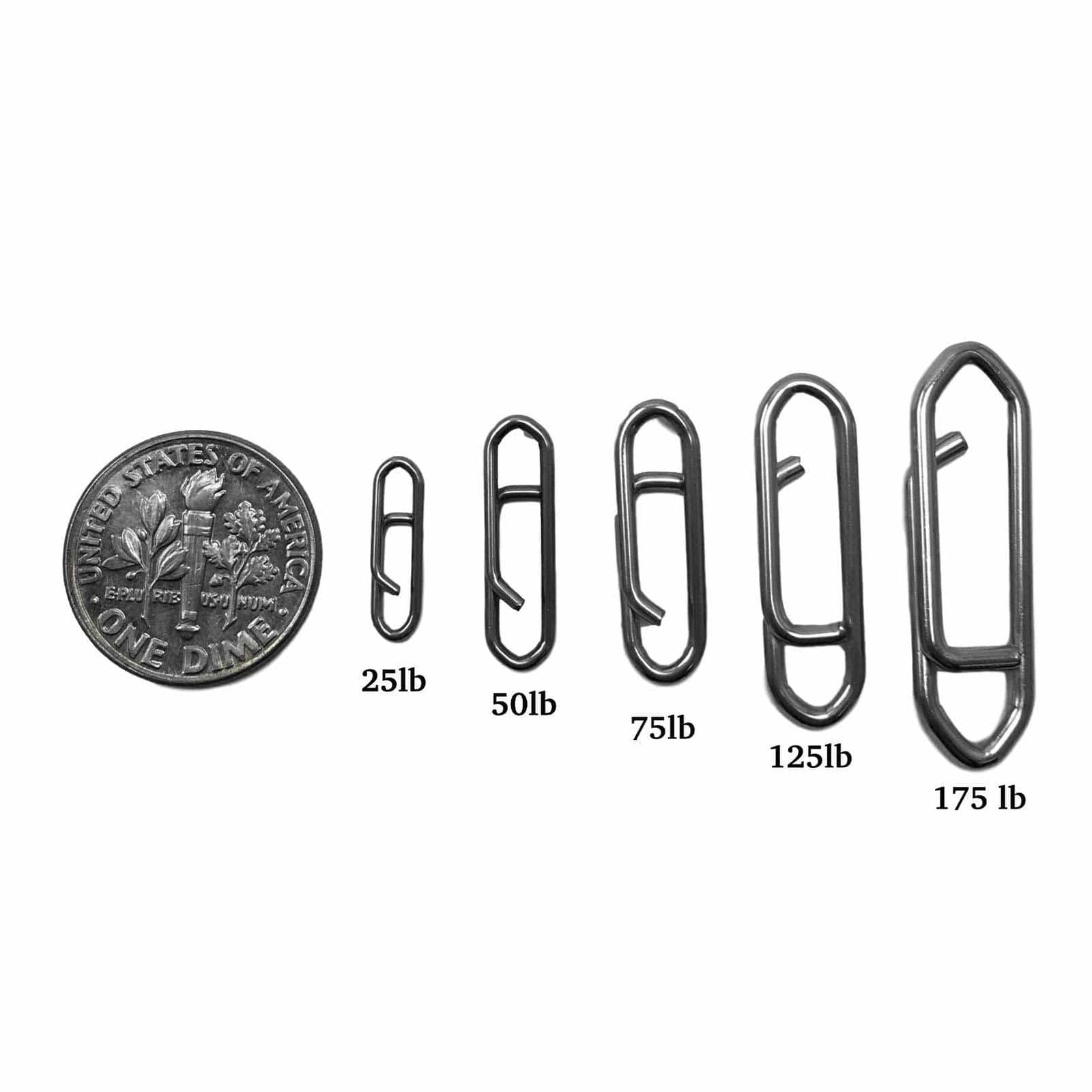

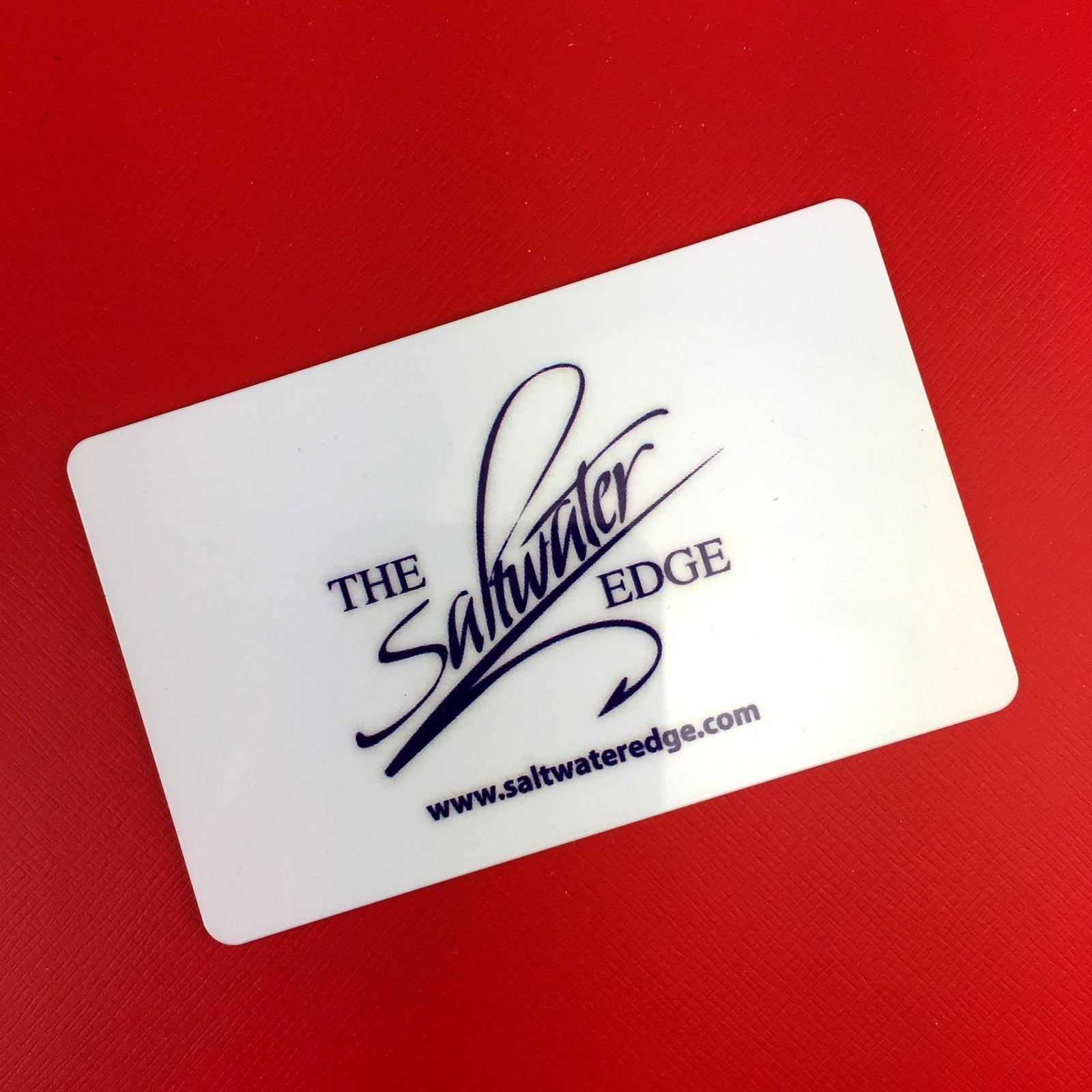
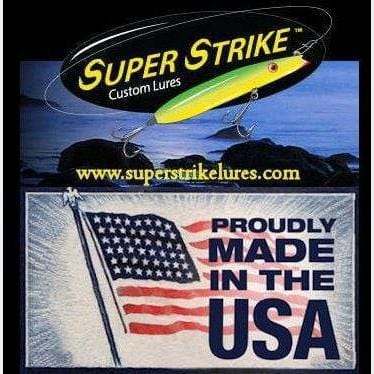

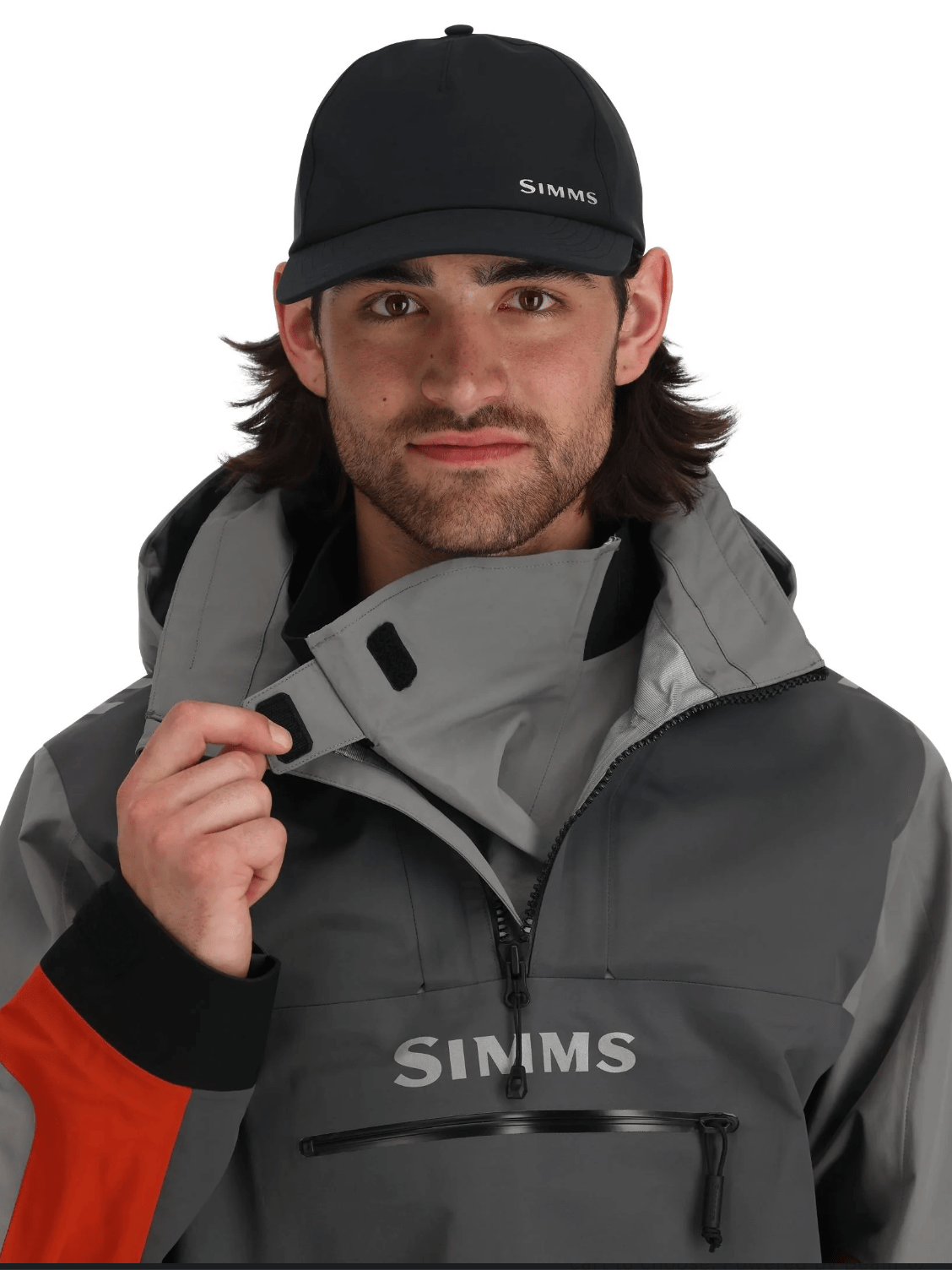

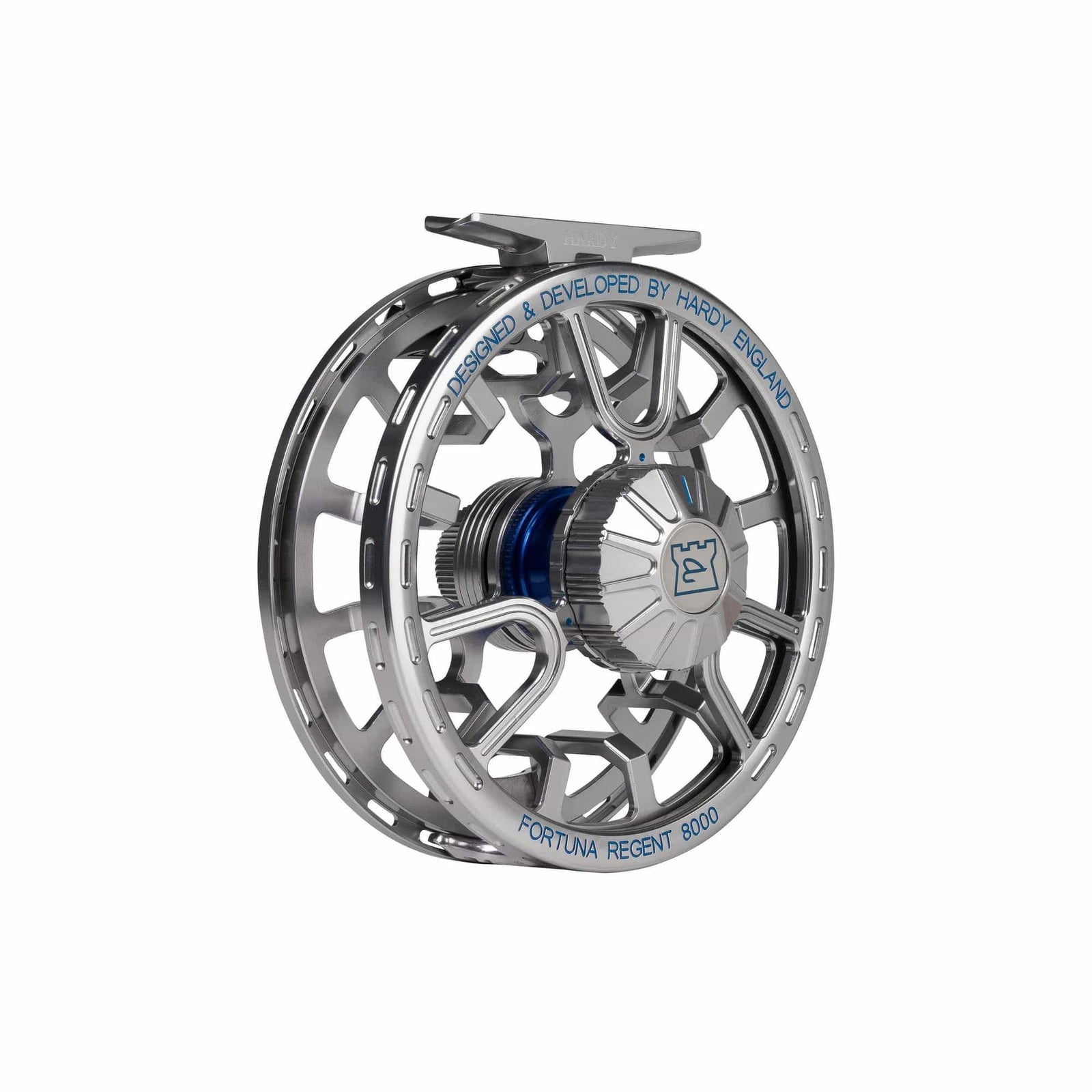
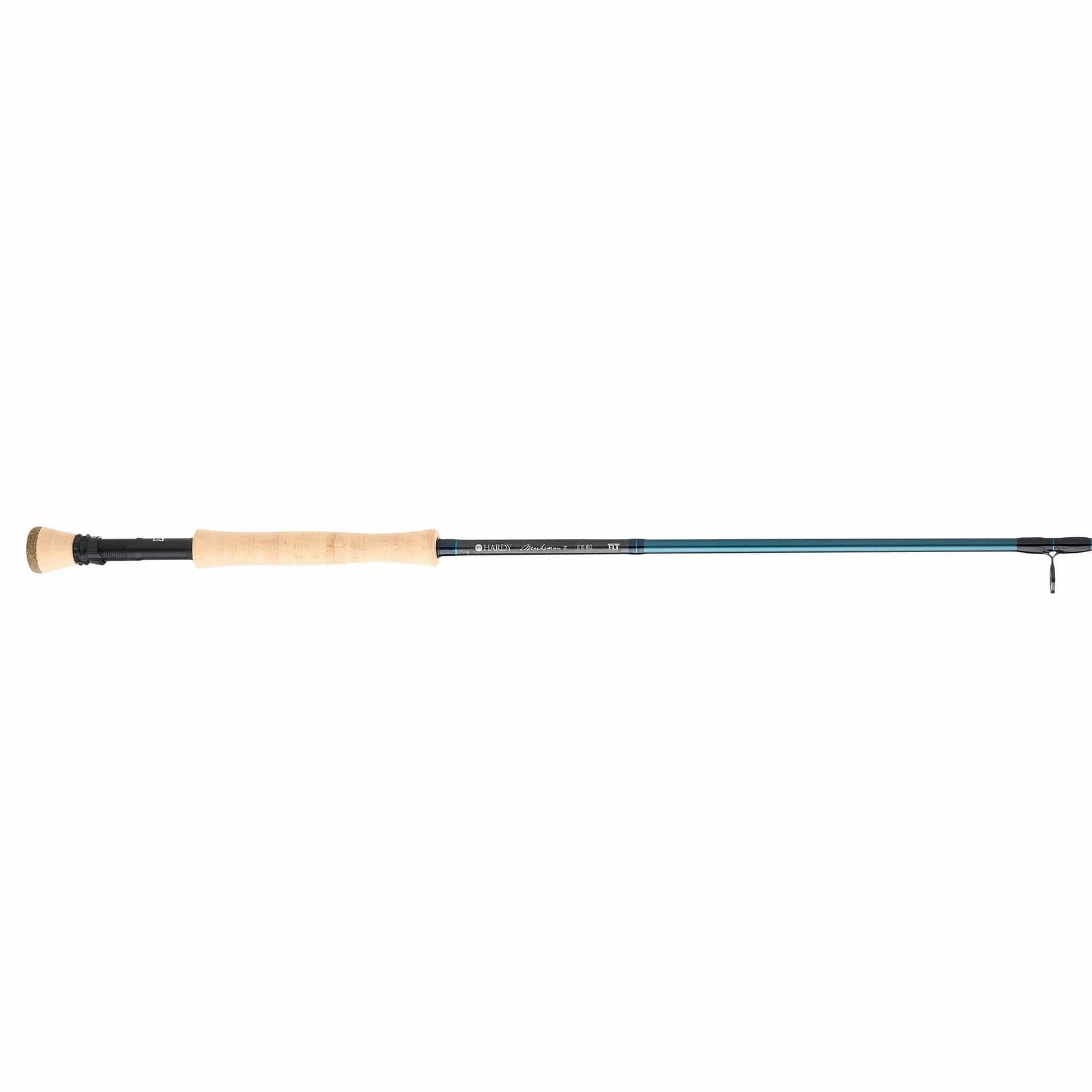
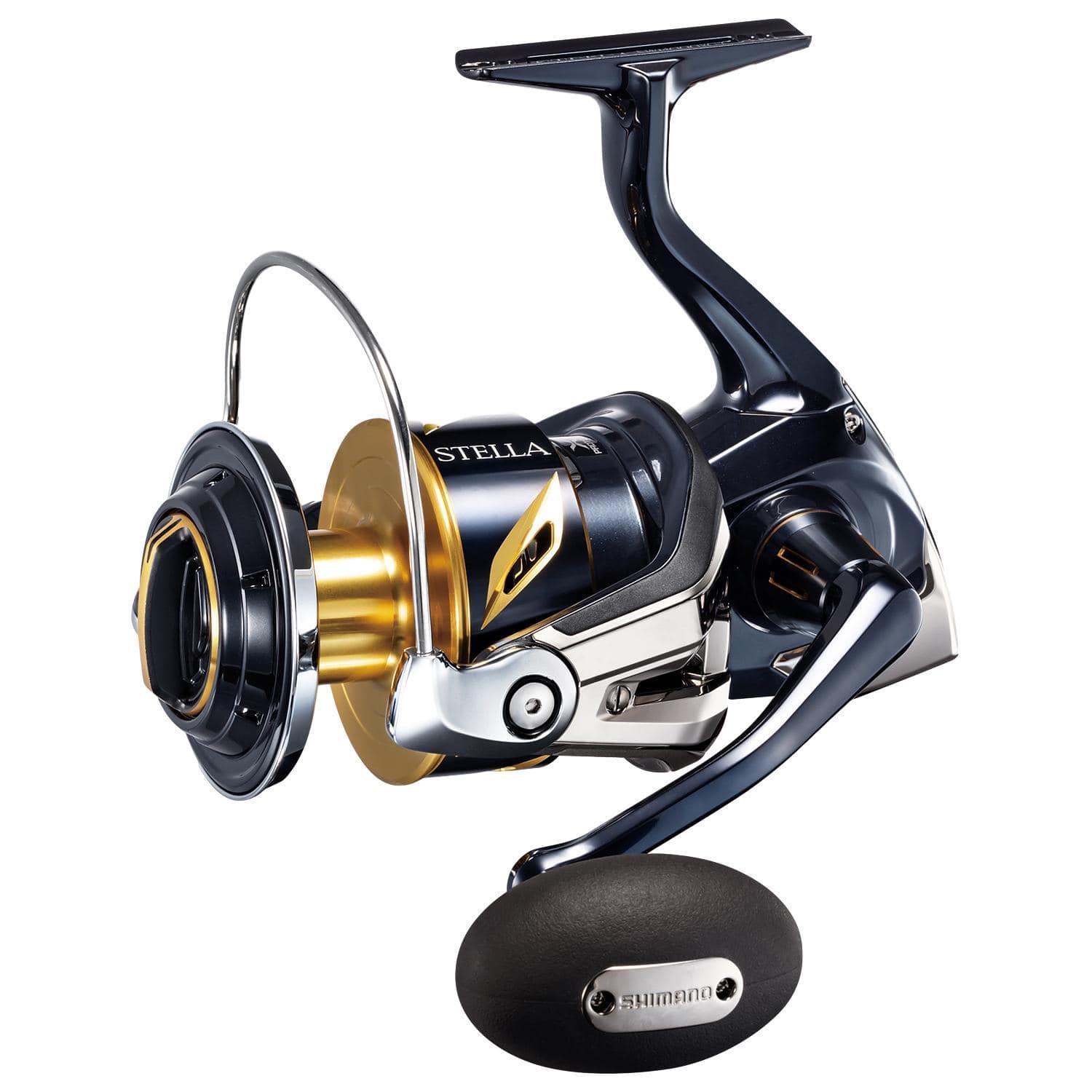
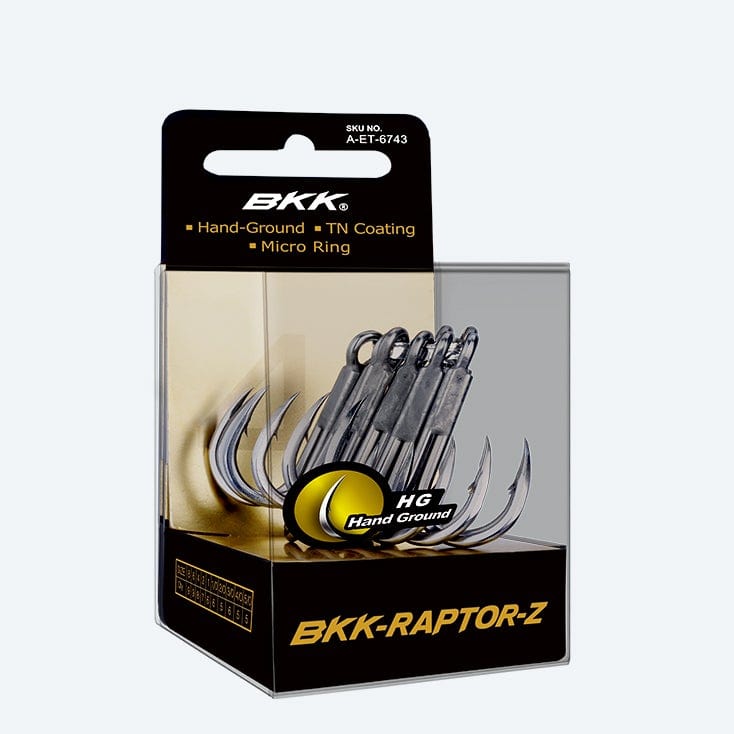
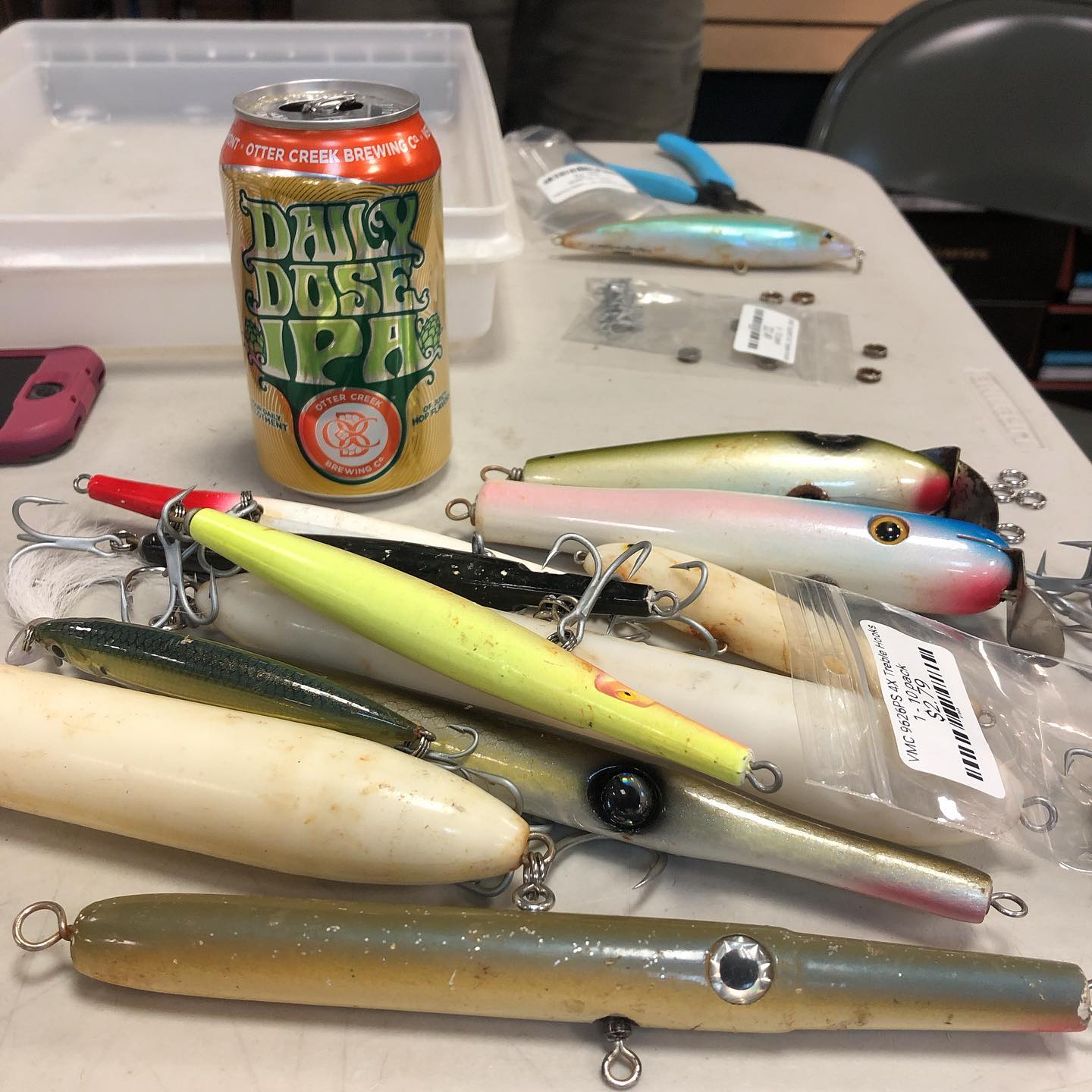
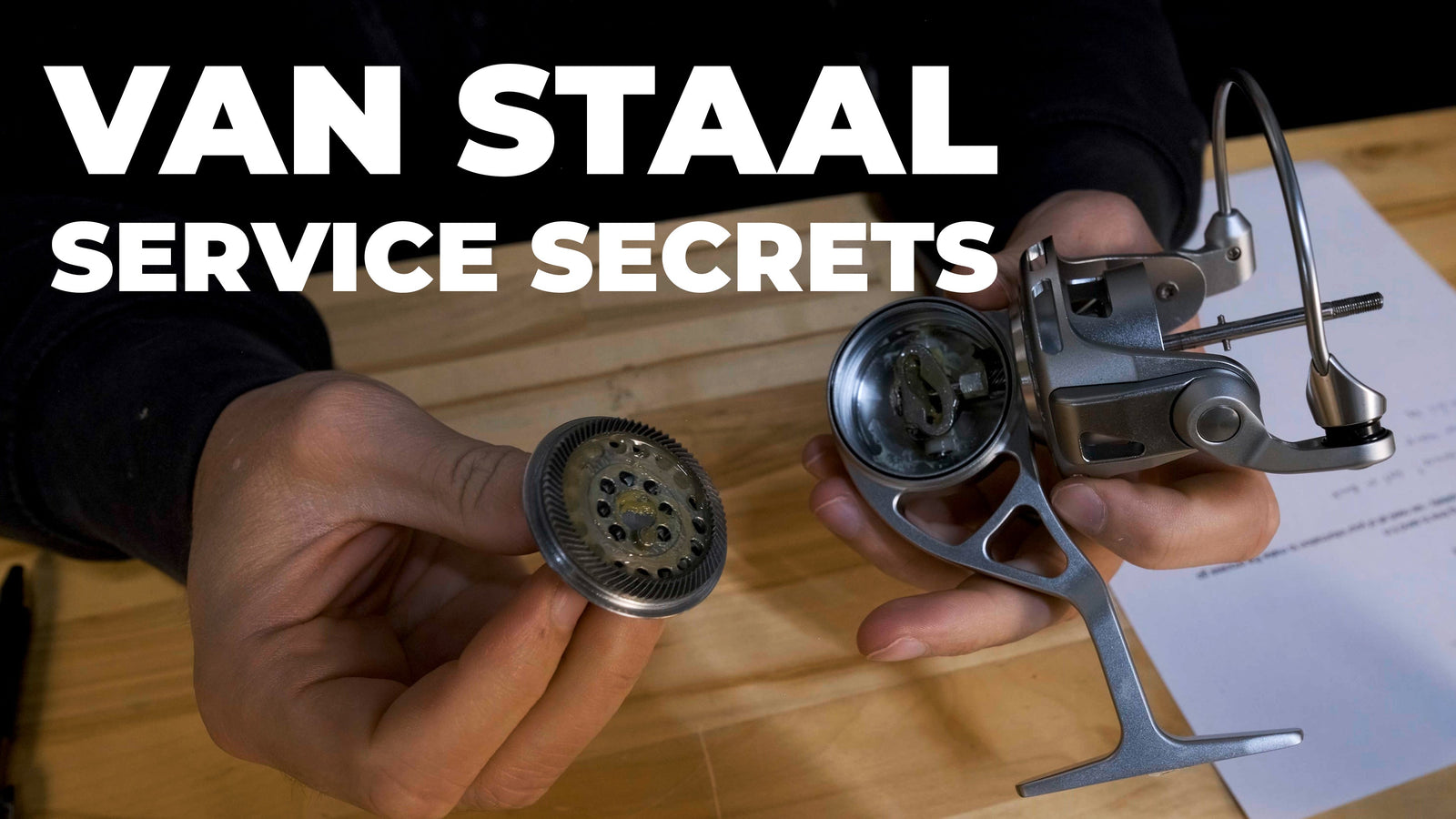


Leave a comment (all fields required)